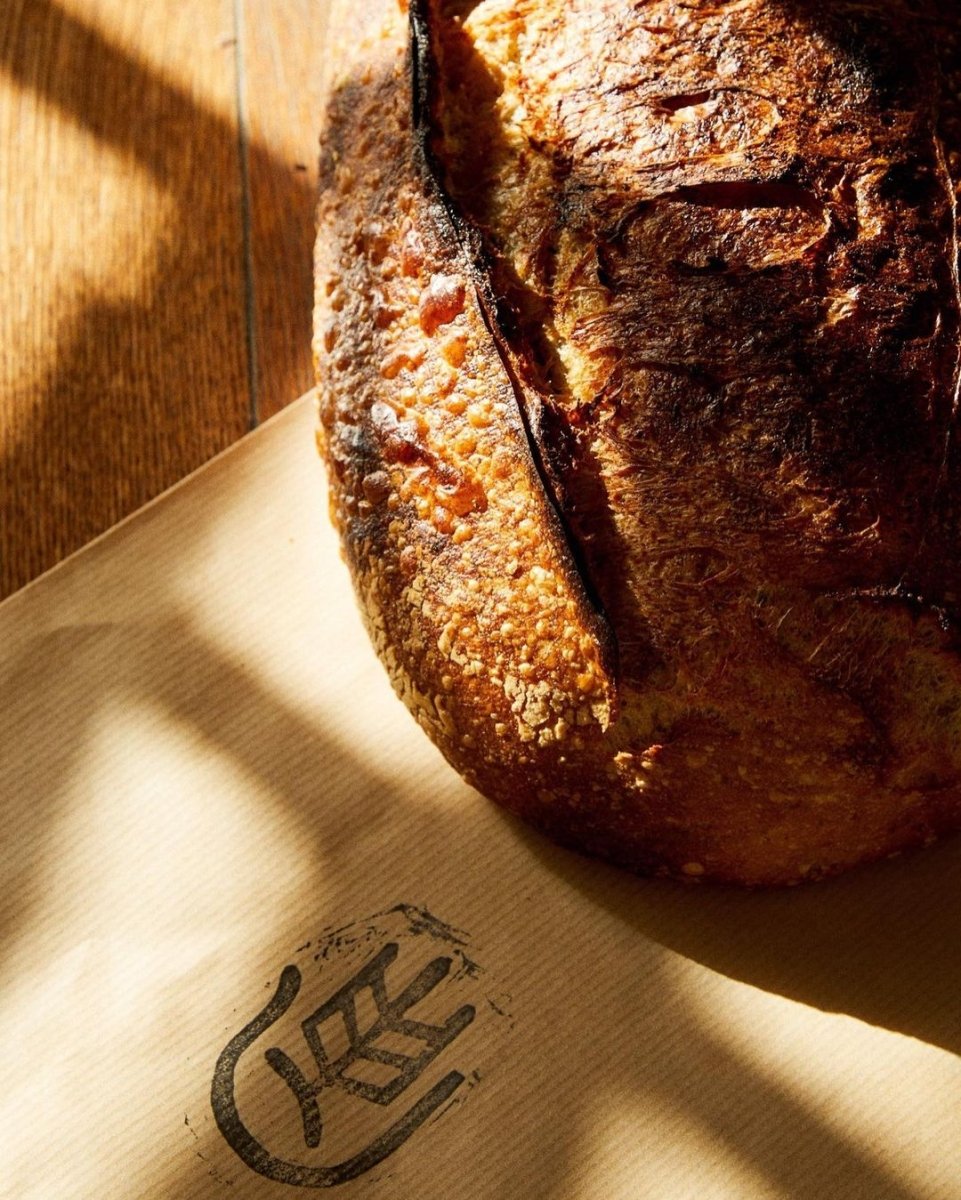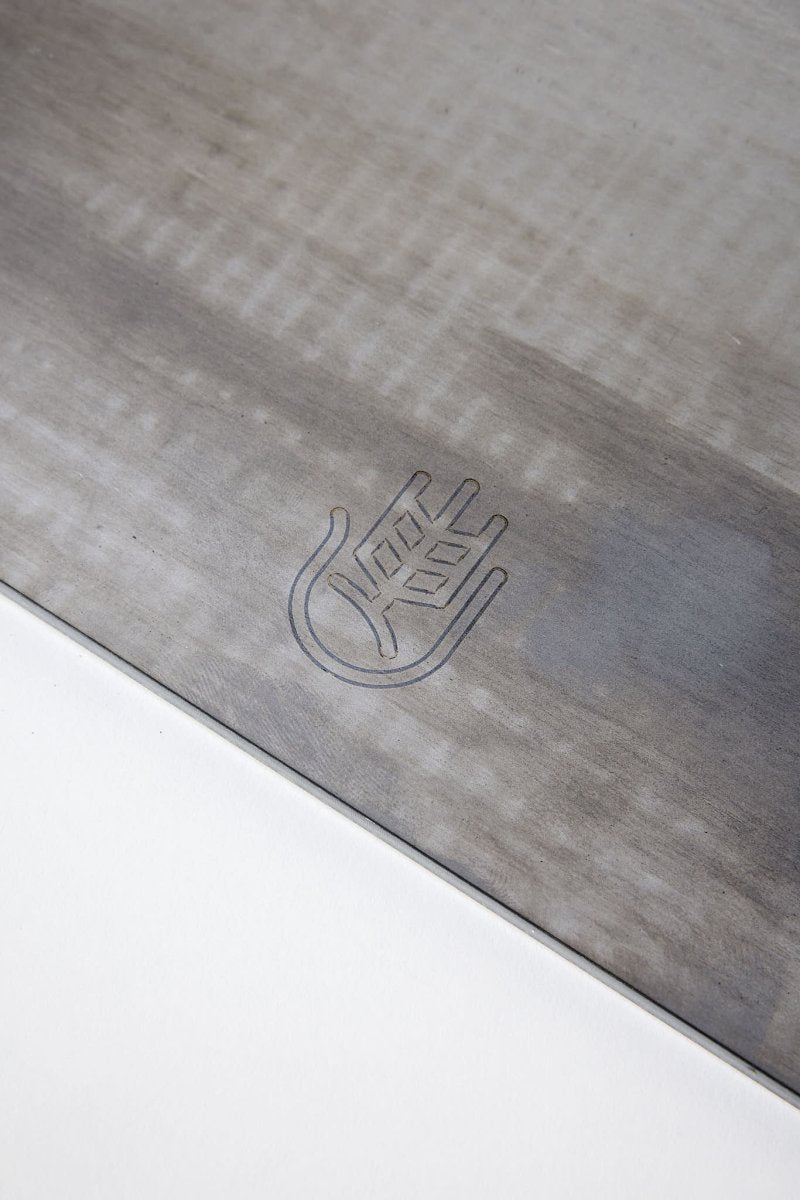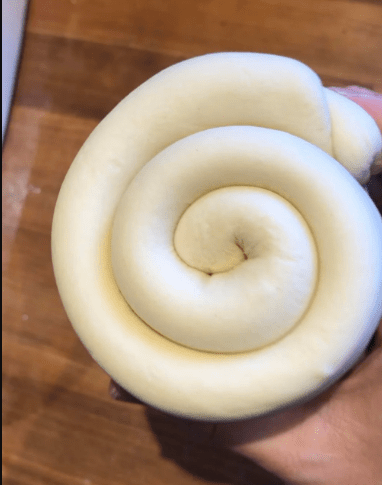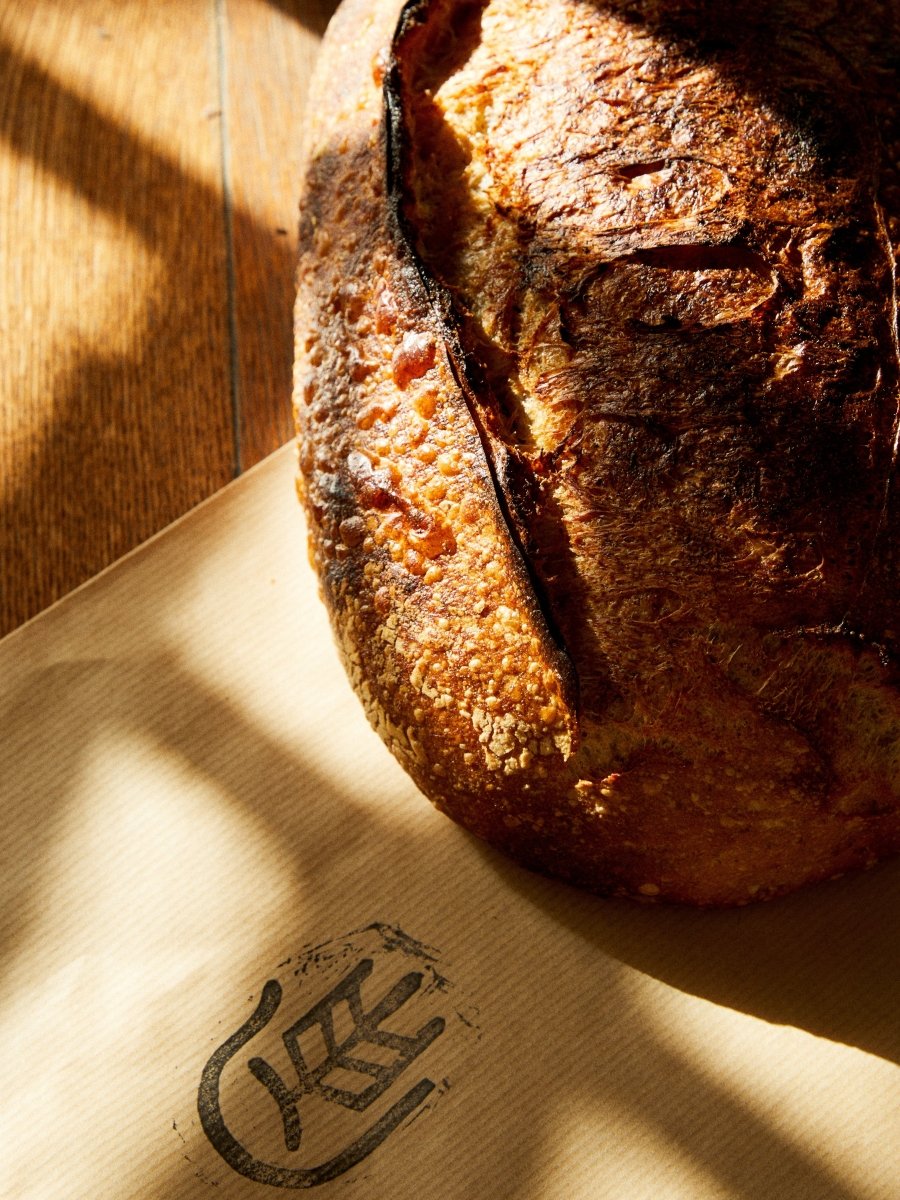När det kommer till att baka hembakat bröd är surdegen kung. Den syrliga, komplexa smaken hos en nybakad surdegslimpa är oöverträffad av något köpt bröd. Och i hjärtat av varje bra surdegsrecept är en hälsosam, blomstrande förrätt. I den här artikeln tar vi upp allt du behöver veta för att hålla din surdegsstartare glad och aktiv. Från att välja det bästa mjölet och verktygen till att felsöka vanliga problem, vi har dig täckt.
Del I: Vikten av ingredienser och verktyg
Innan vi fördjupar oss i det fina med att hantera surdegsförrätter, låt oss först diskutera vikten av att använda rätt ingredienser och verktyg .
Mjölval och dess inverkan på din förrätt
Vilken typ av mjöl du använder för att göra din förrätt spelar en avgörande roll för dess framgång. I allmänhet vill du använda högkvalitativt mjöl som är oblekt och obromerat. Mjöl som är för bearbetade eller innehåller onödiga tillsatser kan hindra den naturliga jäsningsprocessen.
De flesta bagare väljer all-purpose eller brödmjöl till sina förrätter, men det finns många andra alternativ att överväga. Fullkornsmjöl som råg eller dinkel kan ge unika smaker och näringsämnen till din förrätt, medan specialmjöl som typ 00 (en typ av mjöl med en superfin konsistens) kan resultera i en slätare, silkeslenare konsistens i ditt bröd. 
Vattenkvalitetens roll
Surdegsstarter kräver vatten för att jäsa ordentligt, vilket innebär att kvaliteten på ditt vatten kan påverka din starters hälsa. Klorerat vatten kan hämma jäsningen, så det är bäst att använda filtrerat eller destillerat vatten om möjligt. Du vill också se till att vattnet du använder har rumstemperatur, eftersom varmt eller kallt vatten kan chocka jästen och bakterierna i starteren.
Viktiga verktyg och utrustning
Medan surdeg tekniskt sett kan göras med bara en skål och dina händer, kan med rätt verktyg göra processen mycket enklare och mer konsekvent. Några viktiga verktyg att överväga inkluderar: 
- En köksvåg : Att mäta ditt mjöl och ditt vatten efter vikt (snarare än volym) kan hjälpa till att säkerställa konsekventa resultat.
- En degskrapa : Används för att skära och forma deg.
- En jäskorg : Även känd som en banneton, den här korgen hjälper degen att behålla sin form under jäsningen.
- Ett brödskärningsverktyg : Används för att skapa snedstreck i degen innan bakning, vilket hjälper till att kontrollera brödets höjning.
Del II: Förstå och hantera surdegsstarterhydrering
Hydration hänvisar till förhållandet mellan vatten och mjöl i din surdegsstartare . En högre hydrering (mer vatten) kommer att resultera i en lösare, mer smetliknande starter, medan en lägre hydrering (mindre vatten) kommer att resultera i en styvare, mer degliknande starter.
Vätskenivåer och deras effekter på din starter
Olika hydreringsnivåer kan påverka smaken, konsistensen och höjningen av ditt surdegsbröd. En högre återfuktning kommer att resultera i en syrligare smak och öppnare smula (de luftiga fickorna inuti brödet). En lägre återfuktning kommer att resultera i en mildare smak och en tätare smula.
Justera hydrering för olika mjöl
Olika mjöl absorberar vatten olika, vilket innebär att du kan behöva justera hydratiseringen av din starter baserat på vilken typ av mjöl du använder. Till exempel tenderar rågmjöl att absorbera mer vatten än vetemjöl, så du kan behöva minska mängden vatten i din starter för att kompensera.
Det är viktigt att notera att förändringar i hydrering också kommer att påverka matningsschemat för din förrätt (mer om det senare).
Hur återfuktning påverkar surdegens smak och konsistens
Som nämnts kan hydrering i hög grad påverka smaken och konsistensen på ditt surdegsbröd. En högre återfuktning kommer att resultera i en skarpare, mer komplex smak, samt en mer öppen smula. En lägre återfuktning kommer att resultera i en mildare, mindre syrlig smak och en tätare smula.
Dessutom kan återfuktning påverka själva degens struktur. En högre återfuktning kommer att resultera i en våt, klibbig deg som kräver lite finess för att forma. En lägre hydrering kommer att resultera i en styvare, lättare att forma deg.
Del III: Mata din surdegsförrätt

Att mata din surdegsstarter är avgörande för att hålla den frisk och aktiv. Att mata din starter innebär i huvudsak att tillsätta färskt mjöl och vatten för att skapa en ny sats av starter, som i sin tur matar jästen och bakterierna som finns i den aktuella satsen.
Vikten av konsekvent utfodring
Konsistens är nyckeln när det gäller att mata din surdegsförrätt . Om du hoppar över en utfodring eller ändrar utfodringsschemat kan den känsliga balansen av jäst och bakterier i starteren försvinna, vilket kan resultera i en svag eller inaktiv starter.
I allmänhet är det bäst att mata din förrätt minst en gång om dagen i rumstemperatur, eller med några dagars mellanrum om den förvaras i kylskåp (mer om det senare).
Utfodringsscheman för rumstemperatur kontra kylförvaring
Om du planerar att baka med din surdegsstarter ofta är det bäst att hålla den i rumstemperatur och mata den en gång om dagen. Om du bara bakar ibland eller vill bromsa jäsningen kan du förvara din förrätt i kylen. När den förvaras i kylen kan du komma undan med att mata den med några dagars mellanrum.
Det är dock viktigt att notera att om du förvarar din förrätt i kylen för länge (flera veckor eller mer) kan det försvaga jästen och bakterierna, så det är viktigt att ta ut den och mata den regelbundet för att hålla den aktiv.
Hur man justerar utfodringskvoter baserat på startaktivitet
Utfodringskvoten hänvisar till mängden mjöl och vatten du tillsätter din starter när du matar den. Till exempel betyder ett förhållande på 1:1 att du tillsätter lika delar mjöl och vatten till förrätten. Ett förhållande på 1:2 (mjöl:vatten) innebär att du tillsätter dubbelt så mycket mjöl som vatten.
Utfodringskvoten kan påverka jäsningsprocessen och tillväxten av starteren. Om din förrätt är särskilt aktiv och snabbt fördubblas i storlek efter en utfodring, kanske du vill öka förhållandet (till exempel från 1:1 till 1:2) för att sakta ner jäsningen och få förrätten att hålla längre mellan matningarna. Å andra sidan, om din starter är trög, kanske du vill minska förhållandet för att uppmuntra mer tillväxt.
Del IV: Underhållstekniker för surdegsstarter
För att upprätthålla en hälsosam, aktiv surdegsstartare krävs mer än bara vanlig matning. Här är några ytterligare tekniker att tänka på.
Startluftning och omrörning
Surdegsförrätter behöver syre för att trivas, vilket innebär att du måste lufta förrätten då och då för att hålla den frisk. Luftning innebär att man rör om startmotorn kraftigt för att få in luft.
Du kan också röra om din förrätt regelbundet (en eller två gånger om dagen) för att hålla jästen och bakterierna jämnt fördelade över förrätten.
Dela upp och underhålla flera starter
Om du bakar med surdeg ofta, kanske du vill behålla flera förrätter med olika hydratiseringsnivåer eller mjöl. Detta kan hjälpa dig att skapa ett bredare utbud av bröd och experimentera med olika smaker och texturer.
För att dela en förrätt, dela den helt enkelt i två separata behållare och mata var och en separat. Se till att märka behållarna så att du kan hålla reda på vilken som är vilken.
Återuppliva en försummad eller inaktiv starter
Om du har slarvat bort din surdegsstartare i några dagar (eller till och med veckor), oroa dig inte – den är inte nödvändigtvis död! För att återuppliva en försummad förrätt måste du mata den regelbundet och ge den tid att vakna upp igen.
Börja med att ta ut förrätten ur kylen (om det är där den har förvarats) och mata den två gånger om dagen i rumstemperatur. Beroende på hur inaktiv startern är, kan det ta flera matningar (eller till och med en vecka eller mer) för att få den tillbaka till sin forna glans.
Skapa en backup-startare för ökad säkerhet
Om du är särskilt fäst vid din surdegsstartare (eller litar på den för frekvent bakning), kanske du vill skapa en reservstarter ifall något händer med originalet. Detta innebär helt enkelt att skapa en ny förrätt från grunden och mata den regelbundet, precis som du skulle göra med originalet.
Del V: Felsökning av vanliga surdegsstartproblem
Även med rätt skötsel och underhåll kan surdegsstartare ibland stöta på problem. Här är några vanliga problem och hur man löser dem.
Att känna igen och ta itu med hoochbildning
Hooch är den grå vätskan som kan bildas ovanpå din surdegsstarter mellan matningarna. Det är ett tecken på att förrätten är hungrig och behöver matas.
För att bli av med hooch, häll helt enkelt av den och mata din förrätt omedelbart. Om hooch bildas regelbundet kan det vara ett tecken på att du behöver anpassa ditt utfodringsschema (antingen mata mer regelbundet eller öka utfodringskvoten).
Att hantera mögel och oönskade bakterier
Om du märker att det växer mögel på din surdegsstartare är det bäst att kasta ut den och börja om med en ny sats. På samma sätt, om din förrätt utvecklar en illaluktande lukt eller ofärgade färger, kan den vara förorenad med oönskade bakterier och bör kasseras.
För att förhindra mögel och oönskade bakterier från att bildas, se till att förvara din förrätt i en ren, lufttät behållare och undvik att låta främmande föremål (som en smutsig sked eller mjöl) komma i kontakt med förrätten.
Löser problem med att startmotorn inte stiger eller faller för snabbt
Om din surdegsstarter inte reser eller faller för snabbt efter en matning kan det vara ett tecken på att något är av. Här är några potentiella orsaker och lösningar:
- Inte tillräckligt med mat: Se till att du matar din förrätt regelbundet och med tillräckligt med mjöl och vatten.
- Temperatur: Surdegsförrätter föredrar en varm (men inte varm) miljö. Om temperaturen är för låg kan jäsningsprocessen sakta ner.
- Förändringar i mjöl eller vatten: Om du nyligen har bytt mjöl eller börjat använda en annan vattenkälla kan det påverka din starter. Försök att återgå till dina ursprungliga ingredienser eller gradvis anpassa dig till de nya.
- Kontaminering: Om din förrätt är förorenad med oönskade bakterier eller mögel kan den kämpa för att jäsa ordentligt. Överväg att kassera och börja om med ren utrustning och redskap .
Botemedel mot dålig lukt och överdriven syra
En surdegsstarter kan ibland ge obehagliga lukter eller överdriven syra, vilket kan påverka smaken och konsistensen på ditt bröd. Här är några tips för att lösa dessa problem:
- Fräscha upp din förrätt: En fräsch matning kan hjälpa till att minska surhetsgraden och förbättra lukten. Prova att mata din förrätt med ett förhållande på 1:1:1 av mjöl, vatten och förrätt, och ge det några timmar (eller till och med en hel dag) att jäsa innan du använder det i ett recept.
- Justera utfodringskvoter: Om du konsekvent märker dålig lukt eller hög syrahalt kan din utfodringskvot vara avstängd. Experimentera med att minska mängden starter du använder i varje utfodring eller öka utfodringsintervallen för att sakta ner jäsningen.
- Byt utfodringsmjöl: Vissa mjöl (som rågmjöl ) kan bidra till högre nivåer av surhet i en surdegsstarter. Prova att byta till ett annat mjöl eller minska mängden råg i ditt recept.
- Använd en mildare surdegsstartare: Om syrlighetsnivån genomgående är för hög kan du testa att starta en ny surdegsstartare med en mildare kultur. Detta kan innebära en gradvis justering av utfodringsförhållandet för att uppmuntra tillväxten av en mindre sur kultur.
Temperaturkontroll och dess inverkan på surdegsförrätter
Temperaturen är en kritisk faktor i jäsningsprocessen för en surdegsstartare. Det ideala temperaturintervallet för optimal jäsning är mellan 70-80°F (21-27°C). Här är några tips för att hålla jämna temperaturer:
- Använd en termometer : En kökstermometer kan hjälpa dig att spåra temperaturen på din förrätt och göra justeringar vid behov.
- Experimentera med olika jäsningsmiljöer: Du kan använda en värmande matta, en jäslåda eller till och med en enkel kylare för att skapa en konsekvent miljö för din förrätt.
- Justera utfodringsscheman: Temperaturen kan påverka hur snabbt din starter jäser och behöver matas. Överväg att justera dina matningsintervall baserat på temperaturen för att säkerställa konsekvent tillväxt och aktivitet.
- Övervaka säsongsmässiga förändringar: Temperaturfluktuationer mellan säsonger kan påverka din starter. Var medveten om dessa förändringar och justera därefter.
Anpassa din surdegsförrätt för olika recept

Medan en surdegsstarter främst används för att göra surdegsbröd, kan den också anpassas för olika recept. Här är några tips för att ändra din startmotor:
- Justera vätskenivåer: Beroende på receptet kan du behöva justera vätskenivån på din förrätt. Var inte rädd för att tillsätta mer vatten eller mjöl för att uppnå önskad konsistens.
- Ändra utfodringsförhållandet: Beroende på recept och önskad smakprofil kan du behöva justera utfodringsförhållandet för din förrätt. Experimentera med att öka eller minska mängden mjöl och vatten som används i varje utfodring.
- Övergång mellan olika typer av mjöl: Om du går över mellan olika typer av mjöl (t.ex. all-purpose till fullkornsvete), kan du behöva justera utfodringsschemat eller förhållandet för att hjälpa förrätten att anpassa sig till det nya mjölet.
Tips för att använda kasserad surdegsstarter
Kasserad surdegsstarter är helt enkelt den överskottsstart som tas bort under matningsprocessen. Även om det kan verka som ett slöseri, finns det många kreativa användningsområden för det. Här är några tips:
- Användning i recept: Kasserad förrätt kan användas i recept som pannkakor, våfflor och kex för extra smak och näring.
- Skapa en startbackup: Du kan använda kasserad starter för att skapa en backupstarter om din primära misslyckas eller blir kontaminerad.
- Dela med vänner: Om du har mer kasserad förrätt än du kan använda, överväg att dela den med vänner eller familj som är intresserade av att baka.
Slutsats
En hälsosam surdegsförrätt är ett ovärderligt verktyg för alla bagare och kan vara grunden för ett brett utbud av läckra bröd och andra bakverk. Genom att följa tipsen och tricken som beskrivs i den här guiden kan du lära dig hur du skapar och underhåller en blomstrande surdegsstartare som kommer att tjäna dig väl i många år framöver.
Men bakning handlar om mer än bara teknik och skicklighet – det handlar också om delning och gemenskap . I den andan uppmuntrar vi läsarna att dela sina egna erfarenheter och lärdomar med oss och med varandra. Oavsett om du har ett beprövat recept som du vill dela med dig av, en unik ingrediens eller verktyg som du inte kan leva utan, eller bara en rolig historia om en alltför entusiastisk förrätt, vill vi höra om det ! 
Ett sätt att sprida surdegskärleken är att ge någon en flaska förrätt med ett enkelt recept på – det är en omtänksam och läcker present som kan introducera någon till glädjen med att baka sitt eget bröd. Och glöm inte att fortsätta experimentera och prova nya saker – det är det fina med surdegsbakning. Glad bakning, och vi ser fram emot att höra om dina surdegsäventyr!






Dela på sociala medier:
Hur man surdeg: Förstå grunderna
Hur man drar nytta av Magic of Purple Wheat